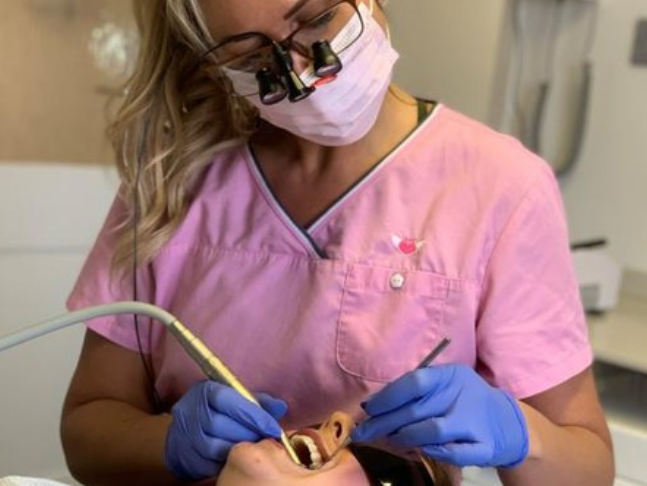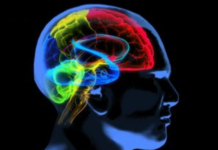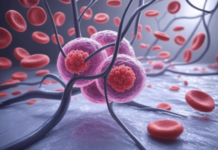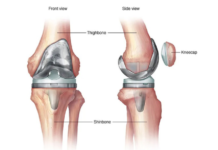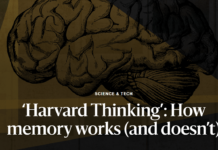New Delhi– A breakthrough study by Japanese researchers has identified two distinct stem cell lineages responsible for tooth root and alveolar bone formation, offering fresh hope for regenerative dental therapies that could one day replace implants and dentures with fully restored natural teeth.
The team from the Institute of Science Tokyo used genetically modified mice and lineage-tracing techniques to map cell signaling pathways that guide stem cell differentiation in developing teeth. Their findings, published in Nature Communications, shed new light on the biological mechanisms of dental regeneration.
“Our findings provide a mechanistic framework for tooth root formation and pave the way for innovative stem-cell-based regenerative therapies for dental pulp, periodontal tissues, and bone,” said Mizuki Nagata, Assistant Professor in the Institute’s Department of Periodontology.
For decades, lost teeth have typically been replaced by artificial substitutes such as implants or dentures. While effective, these options cannot fully replicate the structure, function, or feel of a natural tooth, making true regeneration a long-sought “holy grail” in dentistry.
The researchers discovered a previously unknown mesenchymal progenitor cell population and identified two distinct lineages: one tied to tooth root development and the other to alveolar bone formation. The first lineage arises from cells in the apical papilla within the epithelial root sheath, which express the protein CXCL12. These cells can differentiate into tooth-forming odontoblasts, cementum-forming cementoblasts, and even alveolar bone-forming osteoblasts under regenerative conditions, through a signaling mechanism known as the canonical Wnt pathway.
The second lineage originates in the dental follicle, a sac-like structure surrounding a developing tooth. Here, a population of parathyroid hormone-related protein (PTHrP)-expressing cells can transform into cementoblasts, ligament fibroblasts, and osteoblasts that build alveolar bone.
By mapping these pathways, the study provides crucial insights into how teeth and their supporting structures naturally develop, offering a scientific roadmap that could one day allow dentists to regenerate lost teeth and jawbone using a patient’s own stem cells. (Source: IANS)


